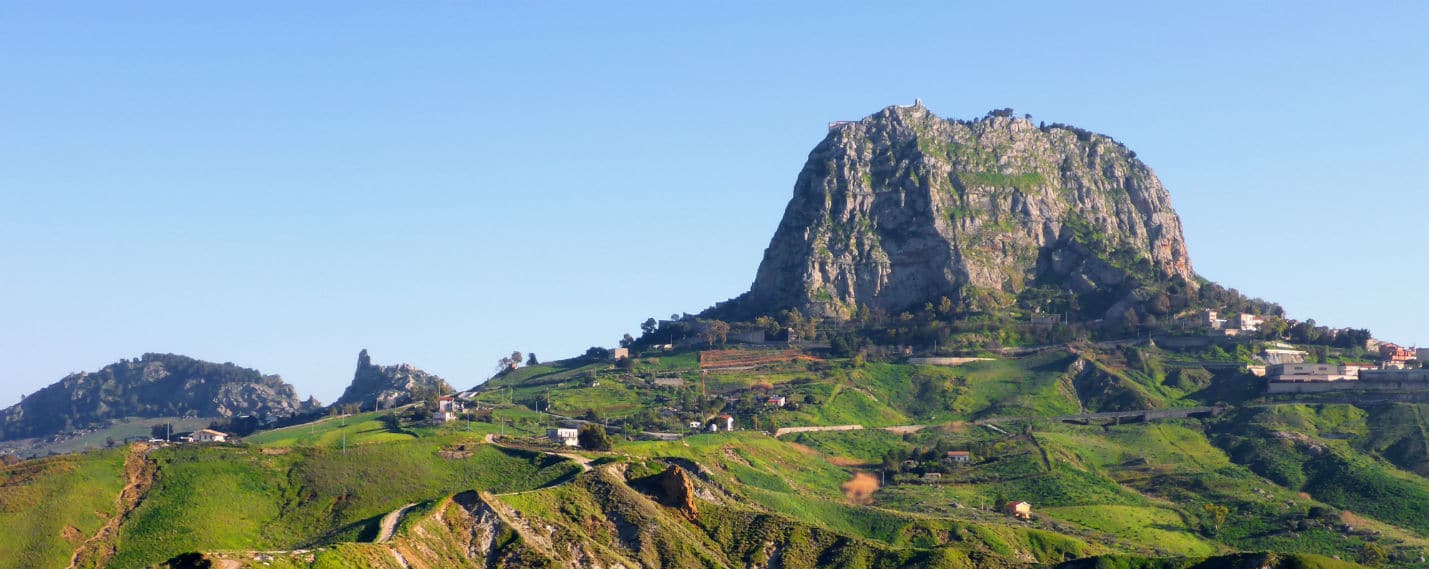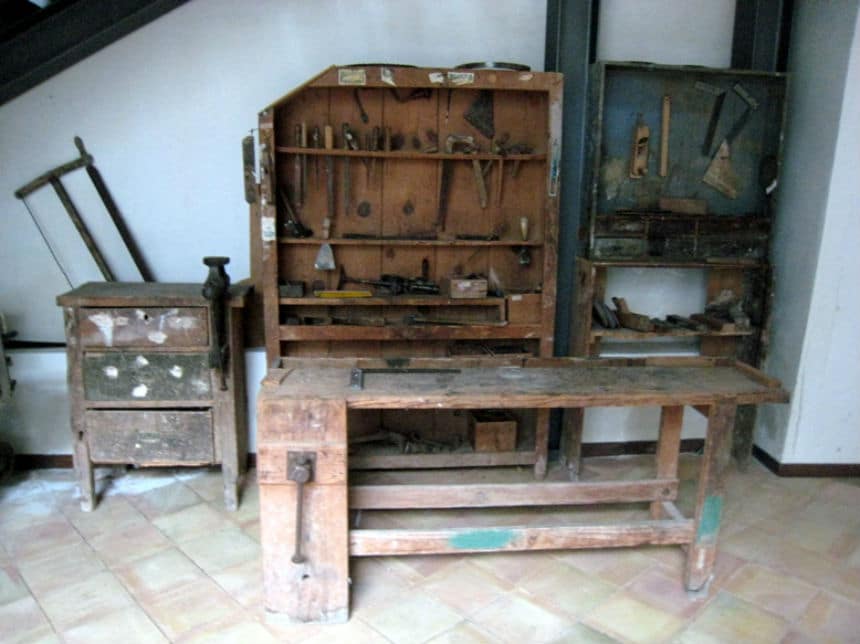at the Sutera Ethnoanthropological Museum emerge figures of peasant (Borgese, metayer, hired servant), artisan (carpenter, Mason, shoemaker pastaio, bakers etc..), of some professional (doctor, pharmacist, lawyer, Maestro, veterinary, etc.) that depict the social composition of the small town of the sicilian hinterland, in a territory characterized by feudal landed estates and from cultivation extensive cereal.
The Museum, with its structure formed in the ground floor of the ancient convent of the Carmelite Fathers, exposes the tools of the mentioned activities, by placing them in a cognitive route and didactic, easy practicability. Environments that are accurately reproduced of domestic life, with furnishings typical of the late nineteenth century, they increase the charm and the cultural interest. The Museum also preserves the posters and leaflets of concerts that at the beginning of the Twentieth Century directed don Paolino Pillitteri (the priest composer musician of the country), as well as those that accompanied the emigrants along the path toward the Americas (early Twentieth century) and toward the North of Italy and Europe (1960S). Of considerable number and of high artistic value is the collection of images to print reproducing religious subjects. This is votive images (large and medium size), that in past centuries families hung on the walls of the rooms from lunch, in kitchens or bedrooms for devotion. Within an environment are arranged a “NACA” (cradle of cloth suspended above the double bed) and a cradle in wrought iron by 1880, with a wardrobe by interlocking practically without nails. Other premises expose the tools for the production of pasta and bread with presses, sbrie, scanatori, maidde. Particular emphasis assume environments dedicated to school with a rich documentation of the fascist era (including a divided from the Balilla).
A wide paper advertising and products in use during the entire time period of the Twentieth Century, testify to the advance of the “progress” in parallel with the gradual raising of the standard of living. A multipurpose room is reserved to host exhibitions in changing the subject within a contour lasting exhibition of old postcards, newspapers historical, geographical maps of local relief.
Free entrance.



